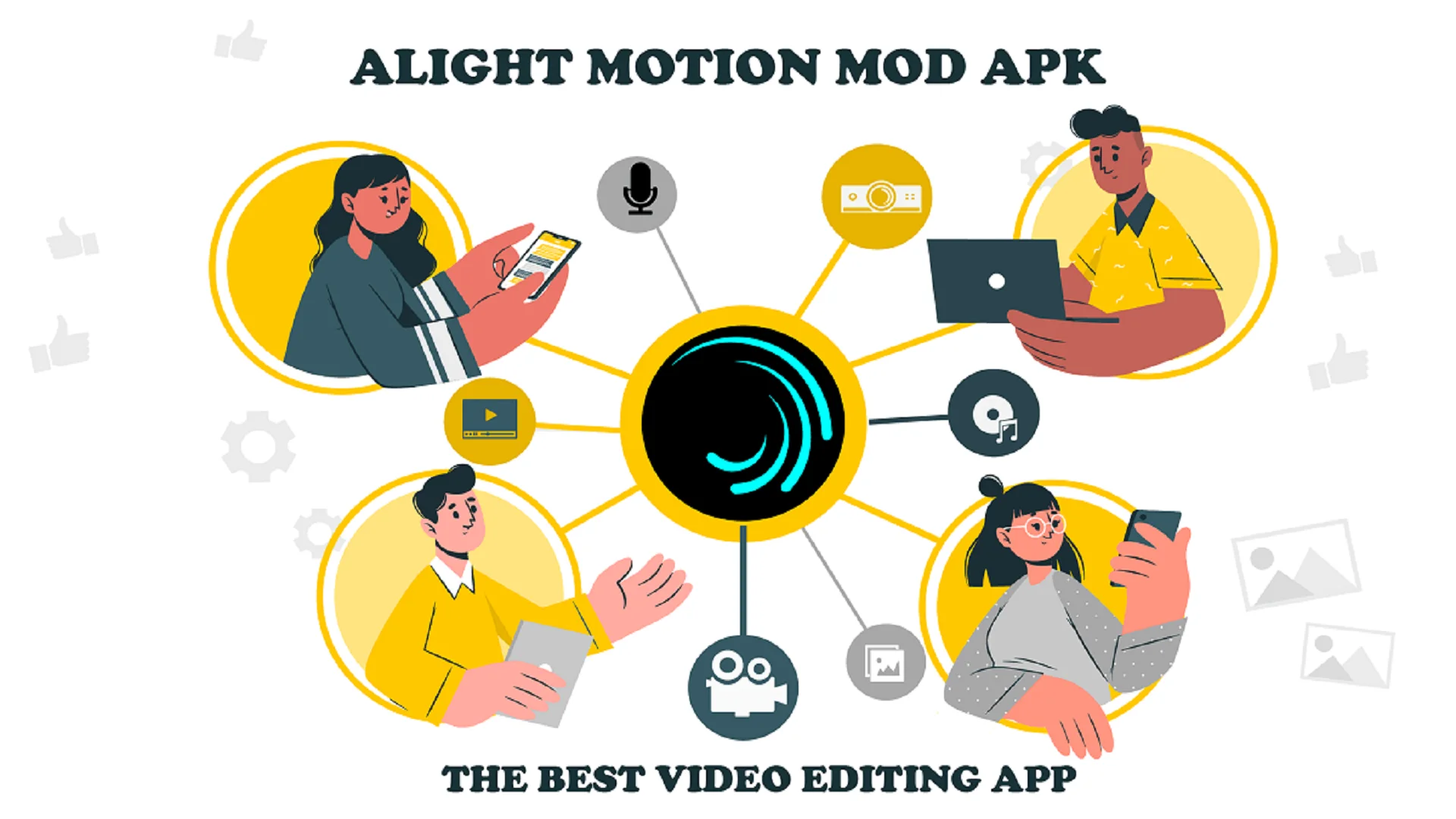Your cart is currently empty!

AI Assistants in 2025: The Revolutionary Rise of Personalized Virtual Helpers
In this article, we will know about the importance of AI’s, their uses and how and where to access them.
The year 2025 marks a transformative era for Artificial Intelligence (AI) assistants. With groundbreaking advancements in machine learning, natural language processing, and contextual awareness, virtual assistants such as Alexa, Google Assistant, and Siri have evolved far beyond their origins as simple task managers. They are now deeply personalized, indispensable companions that cater to the unique needs and preferences of individual users.
AI assistants have become integral to modern life, seamlessly blending into personal and professional environments. From managing daily schedules and providing instant information to automating smart home devices and enhancing productivity, these assistants have revolutionized how we interact with technology.
This article delves into the remarkable progression of AI assistants, exploring their increasing sophistication, the diverse ways they integrate into everyday life, and the technological strides driving their capabilities. By examining the current state and future potential of these virtual helpers, we aim to uncover how they are shaping a more connected, efficient, and personalized world for users everywhere.
Table of Contents
The Evolution of AI Assistants
AI assistants have undergone a remarkable transformation from their humble beginnings as basic voice-activated tools designed to execute simple commands like setting alarms or checking the weather. Over time, these tools have evolved into highly sophisticated systems equipped with advanced capabilities that redefine human-computer interaction.
- Contextual Understanding: Modern AI assistants go beyond immediate commands to understand context, enabling fluid, dynamic conversations. For example, they can track ongoing discussions, remember previous interactions, and provide contextually relevant responses that feel more natural and human-like.
- Multimodal Interaction: The integration of voice, text, and visual inputs has created a more holistic user experience. Users can now interact with AI assistants across multiple platforms and devices, seamlessly transitioning between speaking, typing, or viewing information visually.
- Proactive Engagement: AI assistants have moved from reactive systems to proactive ones. They now anticipate user needs, offering suggestions, reminders, or updates before users even ask. Whether it’s reminding you of an upcoming meeting, suggesting a playlist based on your mood, or alerting you to traffic delays, these systems are becoming increasingly intuitive.
This evolution has not only enhanced their functionality but also solidified their role as essential tools in daily life, capable of simplifying complex tasks and enriching user experiences.
Key Milestones in AI Assistant Development
- 2011: Siri debuts on Apple devices, introducing voice control to the masses.
- 2014: Amazon unveils Alexa, powering the Echo smart speaker and pioneering smart home integration.
- 2016: Google Assistant launches, leveraging the company’s expertise in search and machine learning.
- 2020-2025: Rapid advancements in personalization and interoperability across ecosystems.
Key Features of AI Assistants in 2025

1. Personalized User Profiles
AI assistants in 2025 excel at tailoring experiences based on user habits, preferences, and routines. For example:
- Customized Recommendations: Suggesting recipes, playlists, or workout plans based on past behavior.
- Dynamic Learning: Continuously adapting to new user preferences and changes in lifestyle.
2. Advanced Multilingual Capabilities
Thanks to enhanced natural language processing, AI now support seamless communication across languages. Features include:
- Real-time translation for conversations.
- Accurate interpretation of regional dialects and slang.
3. Integration with IoT Devices
The Internet of Things (IoT) ecosystem is more connected than ever. AI assistants manage:
- Smart Homes: Controlling lighting, thermostats, and security systems.
- Wearable Tech: Syncing with fitness trackers, AR glasses, and health monitors.
- Automobiles: Offering navigation, vehicle diagnostics, and voice-activated controls.
4. Enhanced Security and Privacy
To address concerns about data misuse, AI assistants now feature:
- End-to-end encryption for communications.
- User-controlled data access and storage settings.
- Transparent policies regarding data usage.
5. Proactive Health Management
These assistants play a critical role in healthcare by:
- Monitoring vitals via wearable devices.
- Scheduling doctor appointments and medication reminders.
- Offering mental health support through guided meditations and mood tracking.
Advancements in Alexa, Google Assistant, and Siri
Amazon Alexa
Amazon’s Alexa continues to lead in the smart home domain while making strides in other areas:
- Custom Skills: Businesses can now design tailored Alexa skills, creating unique, customer-specific experiences that enhance engagement and streamline services.
- Improved Conversational AI: Alexa has advanced its natural language processing, enabling multi-turn conversations with greater contextual understanding, making interactions more intuitive and human-like.
- Ambient Computing: Alexa’s integration across a wide array of devices ensures users can enjoy seamless interactions whether they’re at home, in the car, or on the go.
Google Assistant
Powered by Google’s unmatched data and AI capabilities, Google Assistant excels in search and productivity:
- Deep Integration with Google Workspace: Simplifying productivity by automating tasks like email composition, calendar scheduling, and collaborative document editing.
- Actionable Insights: Providing proactive and personalized recommendations, such as flight updates, weather alerts, and commute optimization, based on user activity and preferences.
- Immersive AR Experiences: Introducing augmented reality to enhance everyday activities like navigation, virtual shopping, and educational tutorials, merging the physical and digital worlds.
Apple Siri
Apple’s Siri emphasizes privacy-first technology while expanding its ecosystem integration:
- On-Device Processing: By processing commands directly on the device, Siri offers faster responses and improved privacy by minimizing data transmission.
- Cross-Platform Syncing: Users can begin tasks on one Apple device and continue them seamlessly across others, creating a unified and effortless experience.
- Adaptive Suggestions: Siri provides intelligent, context-based recommendations, such as reminding users to leave for meetings based on traffic conditions or suggesting frequently used shortcuts.
These advancements highlight the unique strengths of each AI assistant, as they evolve to meet the growing demands of personalized, efficient, and secure user experiences.
How and Where to Access AI Assistants in 2025
Artificial assistants are now ubiquitous and can be accessed through various devices and platforms, such as:
1. Smartphones and Tablets
- Pre-installed on Android and iOS devices, Google Assistant and Siri remain primary access points for users on the go.
2. Smart Speakers
- Devices like Amazon Echo, Google Nest, and Apple HomePod provide hands-free access to AI assistants, making them ideal for home use.
3. Wearable Technology
- Smartwatches and AR glasses integrate AI assistants, offering quick access to features like navigation, notifications, and fitness tracking.
4. Automotive Systems
- Many modern vehicles come with built-in assistants, providing voice-controlled navigation, entertainment, and car diagnostics.
5. Laptops and PCs
- Virtual assistants like Cortana and Alexa are integrated into operating systems and productivity tools, aiding with workflows and virtual meetings.
6. Smart Appliances
- Devices like refrigerators, washing machines, and ovens are equipped with AI assistants, enabling smarter household management.
Are AI Assistants Free to Use or Paid?
The cost of using Artificial assistants in 2025 depends on the platform and features:
Free Access
- Basic Features: Most assistants offer free access to standard functionalities such as web searches, reminders, and device control.
- Pre-installed Apps: Devices like smartphones and smart speakers often come with AI assistants included at no extra cost.
Paid Features
- Premium Subscriptions: Advanced features, such as enhanced personalization or integration with premium services, may require a subscription. For example:
- Amazon offers Alexa Guard Plus for advanced home security.
- Google Assistant offers premium integrations with Nest devices.
- Custom Skill Development: Businesses often pay for customized AI assistant skills tailored to their needs.
Device Costs
While the software is often free, the hardware required to access AI assistants, such as smart speakers or wearables, involves an upfront cost.
Impact of AI Assistants on Daily Life

1. Enhanced Productivity
AI assistants automate mundane tasks, allowing users to focus on higher-priority activities. For instance:
- Scheduling meetings and sending reminders.
- Managing to-do lists and tracking deadlines.
2. Smarter Homes and Workspaces
AI assistants unify smart devices, creating cohesive environments that respond intuitively to user needs. Examples include:
- Activating morning routines with a single command.
- Optimizing energy consumption through intelligent device management.
3. Accessible Education
Virtual assistants democratize learning by:
- Delivering personalized lesson plans.
- Supporting language learning with interactive exercises.
- Assisting students with disabilities through voice-enabled tools.
4. Improved Well-being
From mental health apps to fitness tracking, AI assistants contribute to overall wellness by:
- Offering mindfulness exercises.
- Tracking physical activity and sleep patterns.
- Providing nutritional advice.
Challenges and Ethical Considerations
1. Privacy Concerns
Despite advancements in security, the collection of vast amounts of personal data raises ethical questions about:
- Potential misuse of sensitive information.
- Risks of hacking and unauthorized access.
2. Dependency on AI
As AI assistants become more integrated, there’s a growing concern about over-reliance, leading to:
- Reduced problem-solving skills.
- Limited interpersonal communication.
3. Digital Divide
The benefits of AI assistants may not be equally accessible, especially in underprivileged regions lacking robust internet infrastructure.
Future Trends and Predictions
1. Hyper-Personalization
AI assistants will predict user needs with astonishing accuracy, creating experiences tailored to individual lifestyles.
2. Emotional Intelligence
Future assistants may recognize and respond to emotional cues, providing empathetic support in various scenarios.
3. Enhanced AR and VR Integration
Virtual assistants will collaborate with AR and VR technologies, offering immersive and interactive experiences.
4. Universal Compatibility
Standardized protocols will allow AI assistants to work seamlessly across different ecosystems and devices.
FAQs
Q1: Are AI assistants secure in 2025? A1: Yes, significant advancements in encryption and privacy controls have made AI assistants more secure than ever. However, users should remain vigilant about data sharing settings.
Q2: Can AI assistants work offline? A2: Many AI assistants now feature offline capabilities for basic tasks, thanks to on-device processing advancements.
Q3: Which AI assistant is best for smart homes? A3: Amazon Alexa leads in smart home integration, but Google Assistant and Siri offer strong competition with ecosystem-specific advantages.
Q4: How do AI assistants handle multiple users? A4: AI assistants can differentiate between users using voice recognition, ensuring personalized responses for each individual.
Q5: What industries benefit most from AI assistants? A5: Healthcare, education, retail, and hospitality are among the top industries leveraging AI assistants for enhanced efficiency and customer engagement.
Conclusion
AI assistants in 2025 exemplify the fusion of cutting-edge technology and human-centric design. As they continue to revolutionize productivity, connectivity, and personalization, their impact on daily life becomes increasingly profound. However, as we embrace these advancements, addressing ethical concerns and ensuring equitable access remain crucial for a balanced and inclusive future.
Interesting Read: In 2025 How E-Readers Are Changing the Way We Read: Exploring Popular Devices like Kindle – Tech To Know


